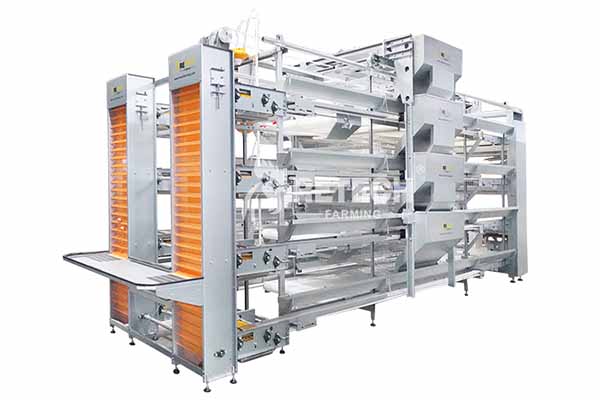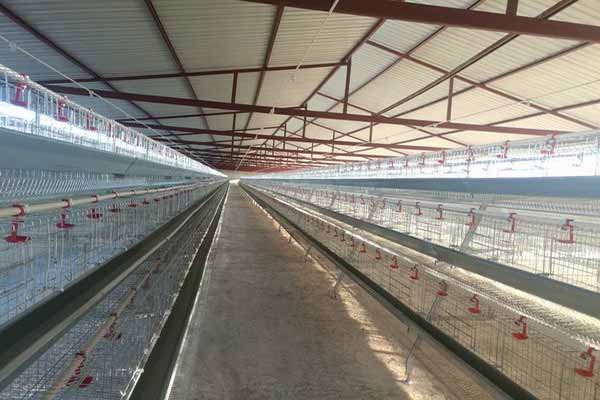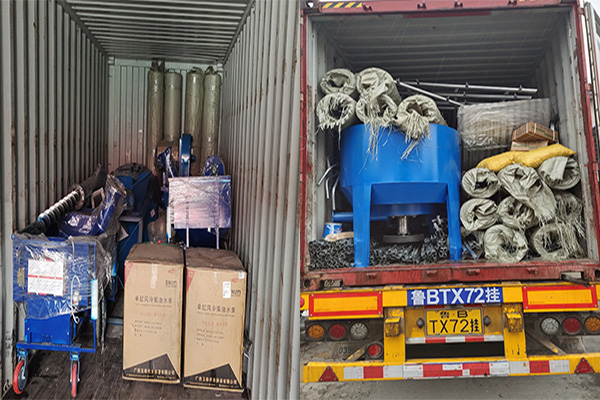High-Capacity Poultry Cages for 40,000 Birds in Uganda: A Comprehensive Guide
Time : 2025-07-03
In the rapidly growing poultry industry of Uganda, the demand for high-capacity poultry cages has surged. With the aim of maximizing production and efficiency, farmers are increasingly turning to systems that can accommodate up to 40,000 birds. This article delves into the intricacies of designing and implementing such high-capacity poultry cages, offering insights into the technical aspects, benefits, and considerations for farmers looking to enhance their poultry operations.

Understanding High-Capacity Poultry Cages
High-capacity poultry cages are specialized structures designed to house a large number of birds in a confined space. These cages are typically made from metal or plastic and are equipped with various features to ensure the health, welfare, and productivity of the birds. The capacity of these cages can vary, but for the  purpose of this article, we will focus on systems designed to accommodate up to 40,000 birds.
purpose of this article, we will focus on systems designed to accommodate up to 40,000 birds.
Design Considerations
When designing high-capacity poultry cages for 40,000 birds, several key factors must be taken into account:
- Space Allocation: Each bird requires a certain amount of space to move around comfortably. This space allocation should be in accordance with local regulations and industry standards.
- Airflow and Ventilation: Adequate airflow and ventilation are crucial for maintaining a healthy environment. The design must allow for the exchange of air to prevent the buildup of ammonia and other harmful gases.
- Feeding and Watering Systems: Efficient feeding and watering systems are essential to ensure that all birds have access to food and water without waste.
- Manure Management: The design should include a system for collecting and disposing of manure to maintain hygiene and prevent disease transmission.
- Environmental Control: The ability to control temperature, humidity, and lighting is vital for the health and productivity of the birds.
Benefits of High-Capacity Poultry Cages
Implementing high-capacity poultry cages for 40,000 birds in Uganda offers several benefits:
- Increased Production: By housing a larger number of birds in a controlled environment, farmers can significantly increase their production capacity.
- Reduced Labor Costs: Automated systems can reduce the need for manual labor, leading to lower labor costs.
- Improved Welfare: High-capacity cages can provide a more comfortable living environment for the birds, reducing stress and improving overall welfare.
- Environmental friendliness: Efficient use of resources and reduced waste contribute to a more sustainable poultry farming practice.
Technical Aspects of High-Capacity Poultry Cages
The technical aspects of high-capacity poultry cages involve the integration of various components and systems:
Frame and Structure
The frame and structure of the cages are typically made from galvanized steel or high-quality plastic. The design should be sturdy enough to withstand the weight of the birds and any potential environmental factors such as wind or rain.
Feeding and Watering Systems
Automated feeding and watering sys tems are essential for high-capacity poultry operations. These systems can be designed to dispense feed and water at predetermined intervals, ensuring that all birds have access to resources without waste.
tems are essential for high-capacity poultry operations. These systems can be designed to dispense feed and water at predetermined intervals, ensuring that all birds have access to resources without waste.
Environmental Control Systems
Environmental control systems, including temperature, humidity, and lighting, are critical for maintaining the health and productivity of the birds. These systems can be integrated into the cage design to provide optimal conditions for the birds.
Manure Management
Efficient manure management is crucial for maintaining hygiene and preventing disease. High-capacity poultry cages often include systems for collecting and disposing of manure, such as solid manure belts or flush systems.
Implementation and Maintenance
Implementing high-capacity poultry cages for 40,000 birds requires careful planning and execution. Here are some key steps:
- Site Selection: Choose a suitable location that meets all regulatory requirements and provides a conducive environment for the birds.
- Design and Planning: Work with poultry equipment experts to design a system that meets your specific needs and budget.
- Construction: Ensure that the construction is carried out by experienced professionals who understand the technical aspects of poultry cage design.
- Training: Train your staff on the proper operation and maintenance of the high-capacity poultry cages.
- Regular Maintenance: Schedule regular maintenance to ensure the continued operation of the systems and to prevent any potential issues.
Conclusion
High-capacity poultry cages for 40,000 birds in Uganda represent a significant investment in the poultry industry. By carefully considering the design, implementation, and maintenance of these systems, farmers can enhance their production capacity, improve bird welfare, and contribute to a more sustainable and efficient poultry farming practice.











